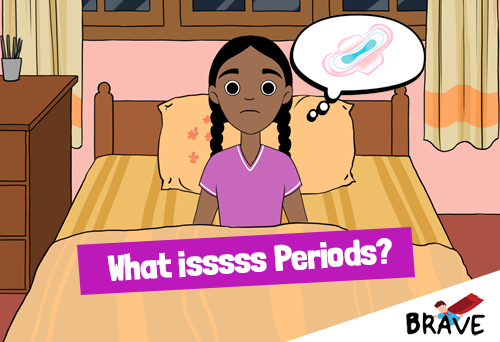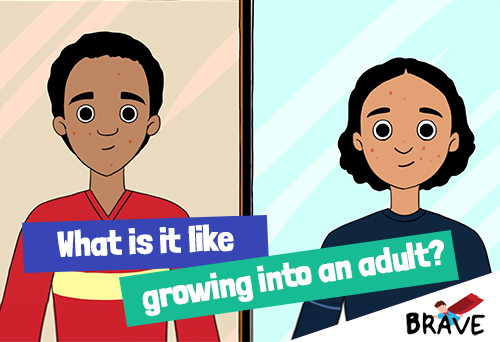




For conception to occur, a sperm and an egg must unite. Pregnancy begins when the fertilized egg implants itself into the uterine wall. This process typically takes 2-3 weeks after sexual intercourse.
Conception is a somewhat complex process, and it all starts with the union of a sperm and an egg.
Animation of the reproductive system
Sperm are small cells produced in the testes of males. These sperm mix with various fluids in the male reproductive system and are released from the penis during ejaculation. The semen released during ejaculation contains millions of sperm. However, for conception to occur, only one sperm is needed.
Eggs reside within the ovaries. Hormones that regulate a woman's menstrual cycle cause one or two eggs to mature each month. This means the eggs reach a state suitable for fertilization. During this time, the hormones of the menstrual cycle also prepare the uterine lining by thickening it to support the implantation of a fertilized egg.
Around the middle of the menstrual cycle, the matured egg is released from the ovary. This process is known as ovulation. Once released, the egg is guided into the fallopian tube by small fibers located at the end of the tube. The egg then travels along the fallopian tube toward the uterus.
Once outside the ovary, the egg spends 12-24 hours in the fallopian tube and uterus, checking for the presence of sperm to enable fertilization.
If semen enters the vaginal canal, the sperm within it can travel through the cervix into the uterus. The sperm work in cooperation with the uterus to travel to the fallopian tube. If both the egg and sperm reach the fallopian tube at the same time, the sperm will swim inside the egg. This is referred to as fertilization. Sperm can survive for about 5 days while searching for an egg to fertilize. Fertilization does not occur immediately.
From the time semen enters the vaginal canal (which most often happens during sexual intercourse, though it can also occur in cases of sexual assault), sperm can stay in the uterus and fallopian tube for up to 5 days. Therefore, there is a possibility that the time between sexual intercourse and fertilization can extend up to 5 days.
The fertilized egg travels through the fallopian tube towards the uterus. It breaks down into smaller cells and forms a cell mass. It may take about 3 to 4 days for this cell mass to reach the uterus. Over the next 2 to 3 days, as this cell mass remains within the uterus, it attaches to the uterine wall, leading to pregnancy. The cells inside the cell mass start developing into the embryo. The outer layer of the cell mass forms the placenta. At this stage, the body starts producing pregnancy hormones, which prevent the shedding of the uterine lining. This is why menstruation stops during pregnancy.
In cases where an egg and sperm do not meet, or if the fertilized egg becomes a cell mass but does not implant in the uterine wall, the thickened uterine lining may shed and exit the body through the vaginal canal. This is known as menstruation.
Natural pregnancy occurs through vaginal intercourse. However, couples who cannot conceive naturally can seek modern reproductive services such as in vitro fertilization (IVF). However, these services are expensive. Even if one wishes to become a parent but is unable to conceive, the law allows for the possibility of adopting a child.



Challenge yourself and your friends to test your knowledge, take the quiz
Access to these contraceptives is made easy through public hospitals and health centers where they are provided for free. Families can talk to doctors and nurses to learn about.

Sexual and reproductive health



Things to Read
Menstruation begins during the age of 10 to16 years and continues until menopause around the late 40s or early 50s,...
Sexual and reproductive health



Things to Read
It is important to learn about parts of the sexual and reproductive system to enjoy a fulfilling sexual and reproductive...
Sexual and reproductive health



Things to Read
Maintaining sexual and reproductive health
Sexual and reproductive health



Things to Read
Sexual behavior and sexual satisfaction
Sexual and reproductive health



Things to Read
Let's understand the sexual and reproductive system
Sexual and reproductive health



Things to Read
Let's face the challenges of youth
Sexual and reproductive health



Things to Read
Sexual and reproductive health conditions affecting men
Sexual and reproductive health



Things to Read
How to maintain personal hygiene?
Sexual and reproductive health



Things to Read
Sexual and reproductive health conditions that affect transgender individuals
Sexual and reproductive health



Things to Read
Sexually transmitted infections
Sexual and reproductive health



Things to Read
Let's face adolescence
Sexual and reproductive health



Things to Read
Reproductive health concerns for Men
Sexual and reproductive health



Things to Read
Things to consider before planing a pregnancy
Sexual and reproductive health



Things to Read
Pregnancy related concerns
Sexual and reproductive health



Things to Read
How to keep my body clean